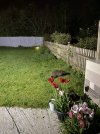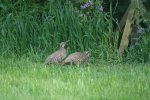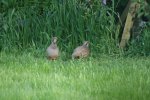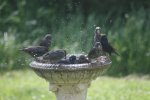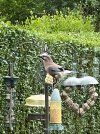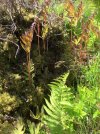SimonT
Western Thunderer
Nothing beats the sound of a Vixen
The odd Swallow has now been joined by the rest of the gang and there is much tearing about. The Curlwe have walkabout. Up on the moor the Wheatears have arrived in number and have expanded the range they nest in. That was a pleasent half hour while I worked out how many nests we have. The nest are in tufts of reeds which is a change as they normally nest in a half mile length of stone wall a couple of hundred yards to the east. Nearby is a large area of Gorse which is Stonechat City, beyond that the Winchats and Redstarts nest. I've heard the Stone Chats but have yet to get more than fleeting glance. First Cuckoo heard on Sunday while out watching the rallying on the range. The Cuckoo was beaten for top sound of the day by the bright yellow Mk1 Escort with a very serious engine and suspension. Flew beautifully!
Thank God winter is nearly done.

The odd Swallow has now been joined by the rest of the gang and there is much tearing about. The Curlwe have walkabout. Up on the moor the Wheatears have arrived in number and have expanded the range they nest in. That was a pleasent half hour while I worked out how many nests we have. The nest are in tufts of reeds which is a change as they normally nest in a half mile length of stone wall a couple of hundred yards to the east. Nearby is a large area of Gorse which is Stonechat City, beyond that the Winchats and Redstarts nest. I've heard the Stone Chats but have yet to get more than fleeting glance. First Cuckoo heard on Sunday while out watching the rallying on the range. The Cuckoo was beaten for top sound of the day by the bright yellow Mk1 Escort with a very serious engine and suspension. Flew beautifully!
Thank God winter is nearly done.

